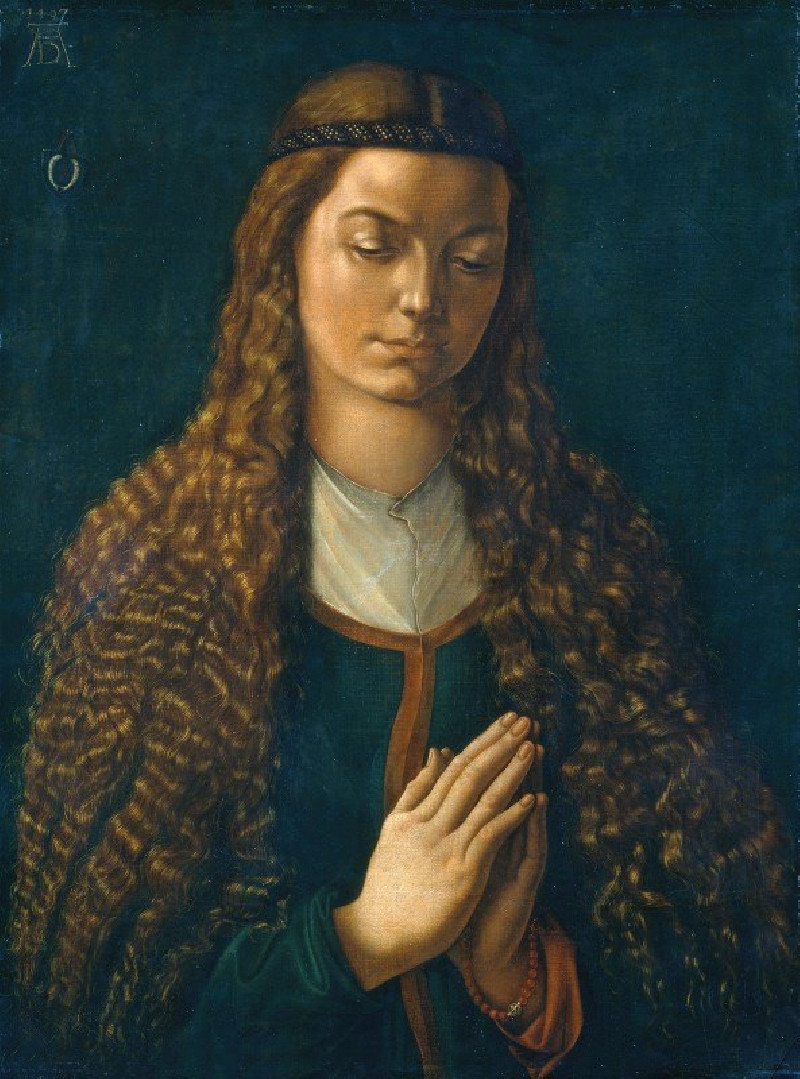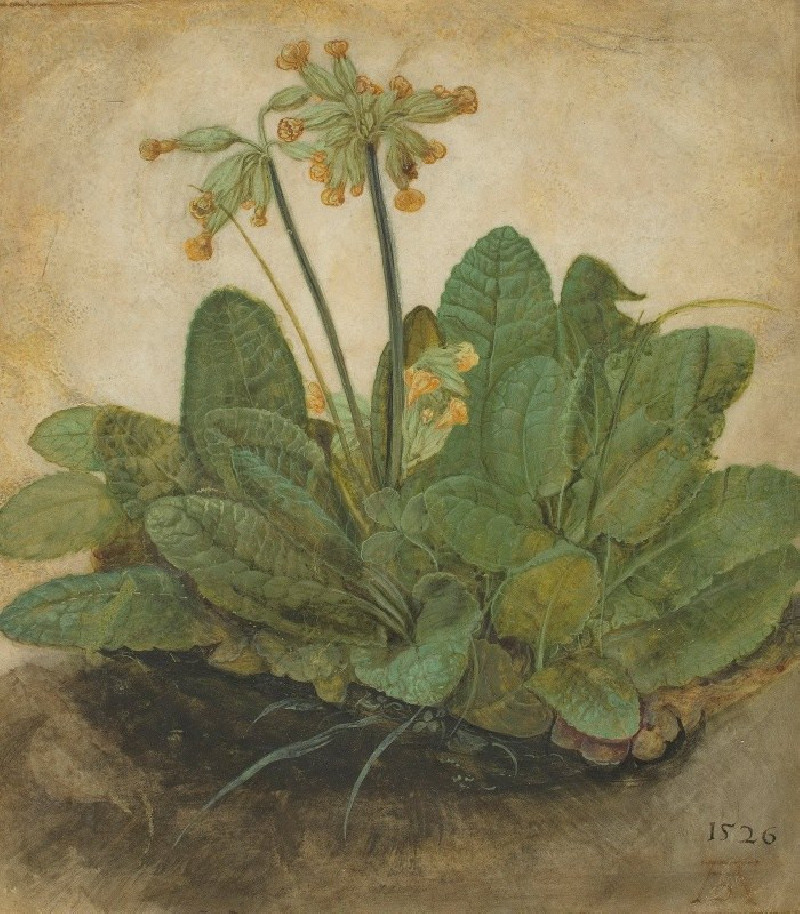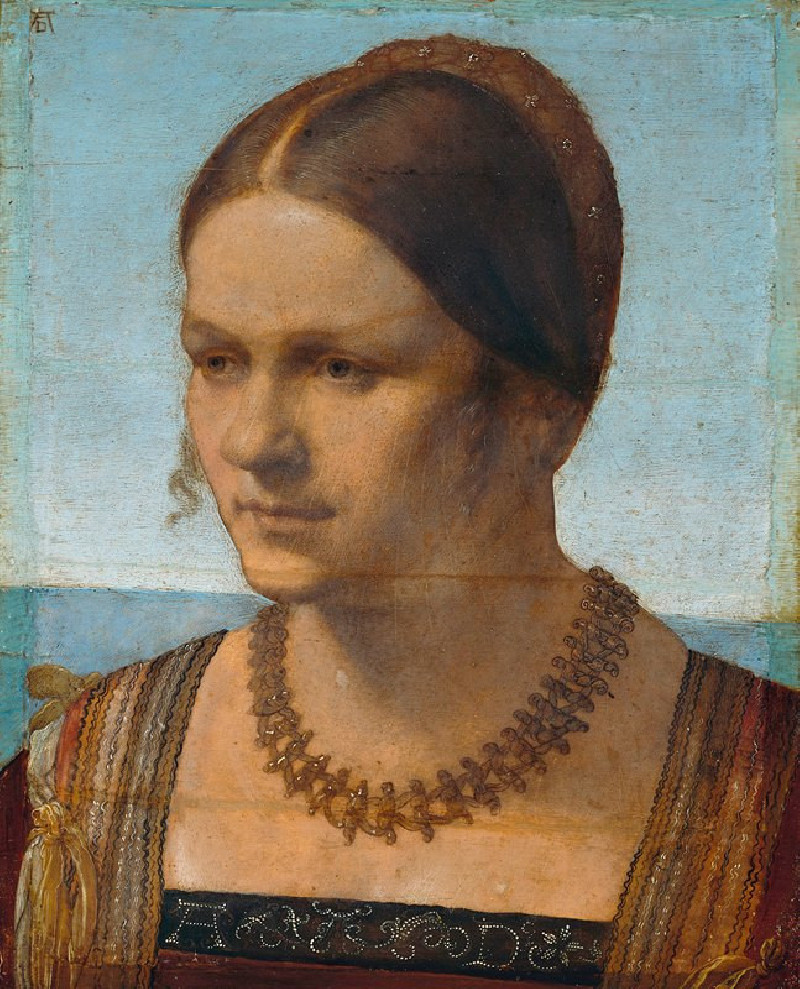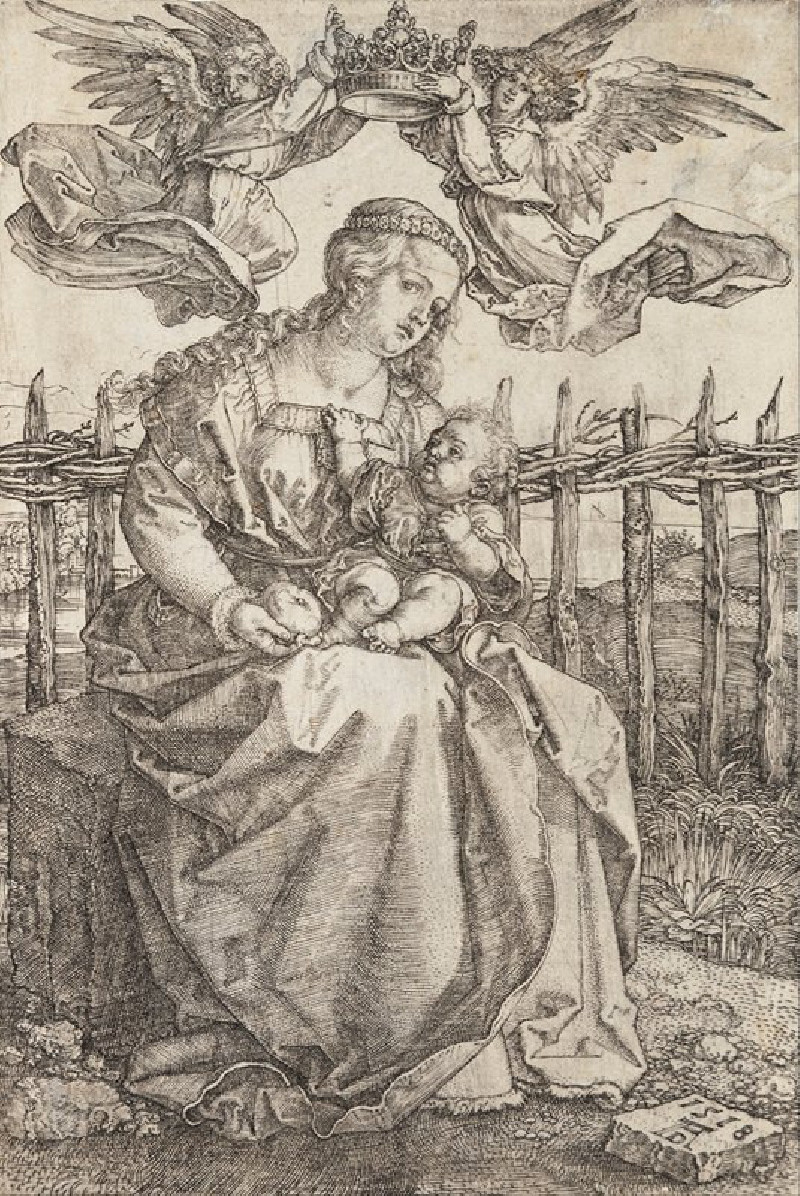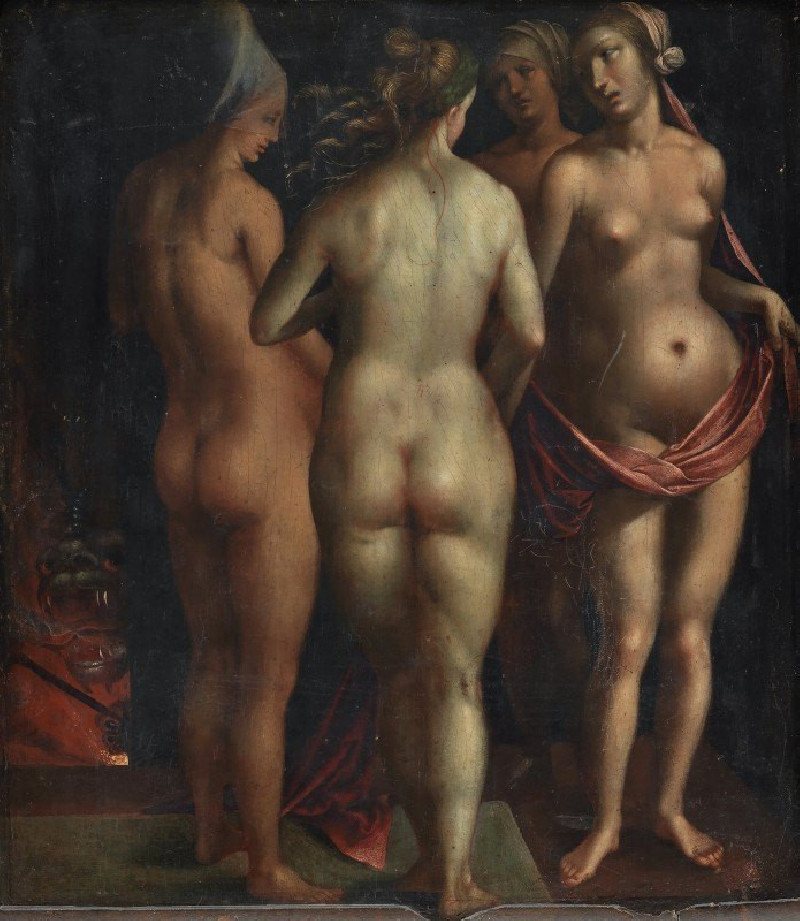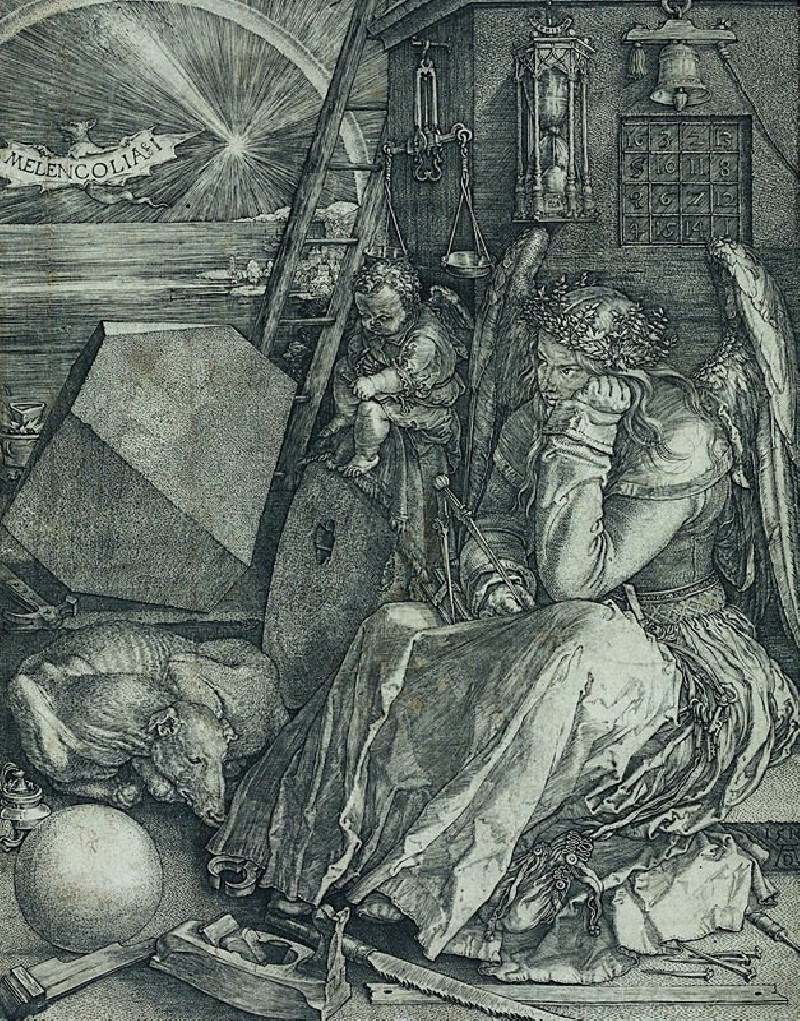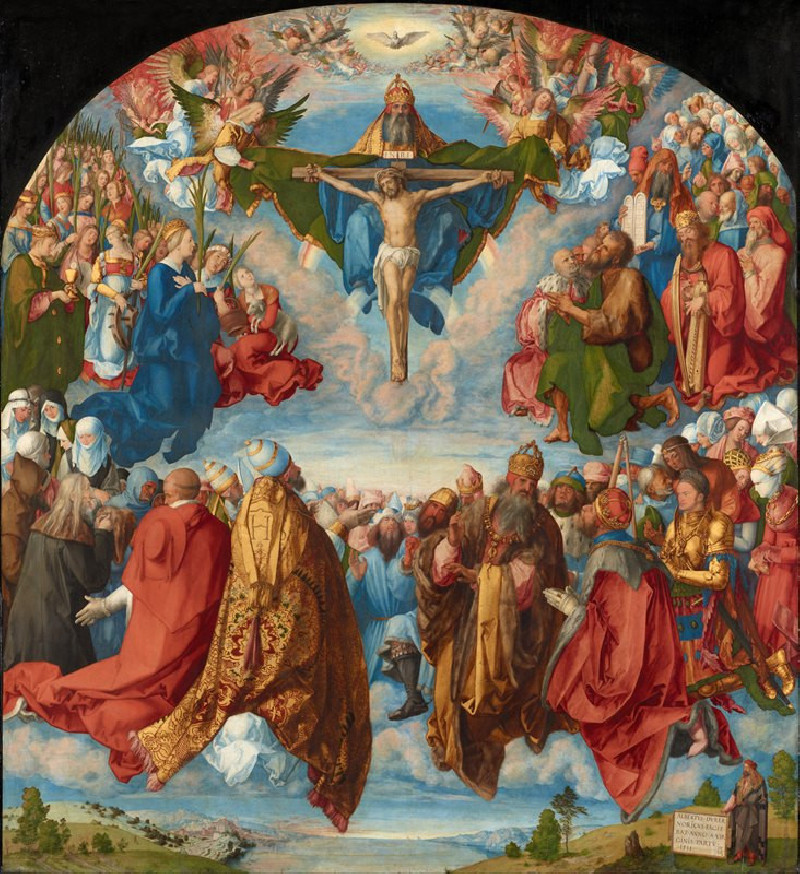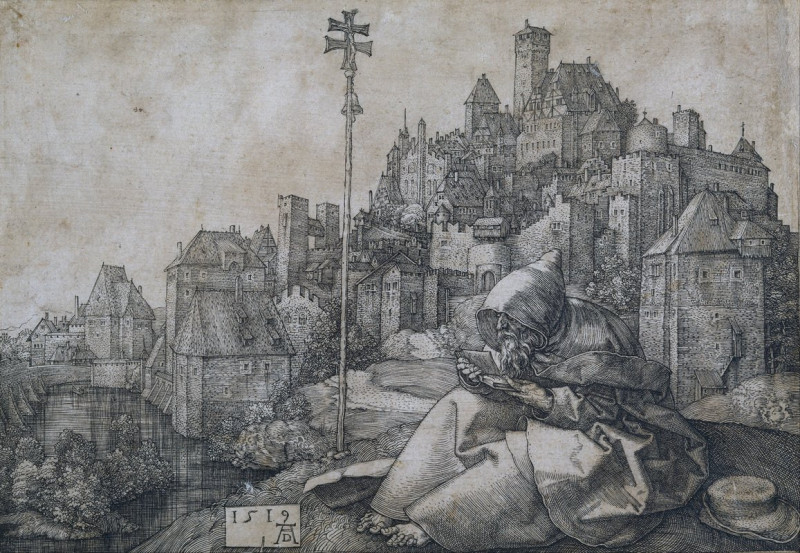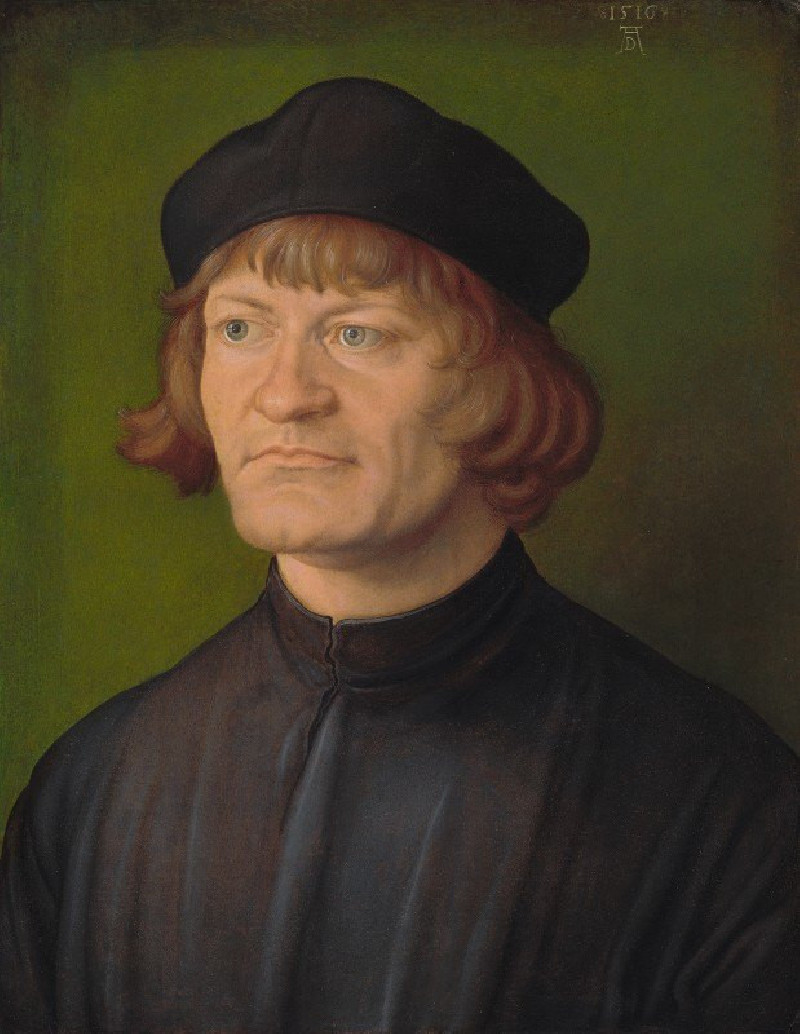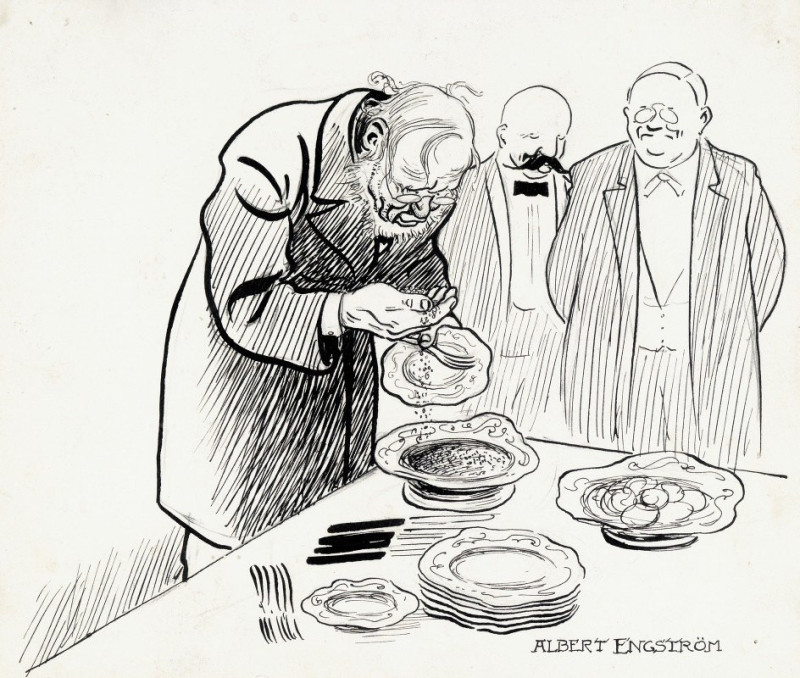Portrait of a Young Woman with Her Hair Down (1497)
Aprašymas
Pristatymas
Reprodukcijas gaminame pagal užsakymą, tai užtrunka nuo 5 iki 7 darbo dienų.
Jas išsiunčiame kurjeriu, pristatymas užtrunka dar dvi darbo dienas.
Jeigu reprodukcija reikalinga anksčiau, susisiekite su mumis - dažniausiai galime rasti sprendimą ir pagaminti šiek tiek greičiau.
Jeigu nenorite mokėti už siuntimą, paveikslus galite atsiimti mūsų galerijose Kaune arba Vilniuje.
Grąžinimas
Taip, reprodukcijas grąžinti galima.
Jei suabejojote praėjus ne daugiau negu 30 dienų nuo įsigyjimo datos, susisiekite su mumis - priimsime reprodukciją atgal ir grąžinsime pinigus arba pasiūlysime išsirinkti kitą!
Iš vieno kliento priimame ne daugiau dviejų grąžinimų - turėkite omenyje, kad gaminame reprodukcijas pagal užsakymą, todėl prašome rinktis atsakingai.
Pinigai už siuntimą nėra grąžinami.
Vokiečių renesanso meistro Albrechto Diurerio (1471-1528) krikščioniška tapyba, medžio raižiniai ir peizažai atpažįstama iš pirmo žvilgsnio. Diurerio kūriniai krikščioniškomis temomis ir alegorija laikomi geriausiais Šiaurės renesanso pavyzdžiais. Vienas garsiausių Diurerio darbų apie Kristų yra jo medžio raižinys „Nukryžiavimas“ (1503). Kūrinys parodo, kaip Diureris įvaldo techniką ir gilų krikščioniškosios simbolikos supratimą. Kūrinyje galingai ir realistiškai vaizduojamas Kristaus nukryžiavimas, akcentuojant Kristaus kančią ir auką. Diureris savo karjerą pradėjo kaip mokinys Niurnberge pas meistrą Michaelą Volgemutą. Vėliau jis tapo miesto tapytojų gildijos įkūrėju ir buvo aktyvus tuo metu Niurnberge garsių humanistų ratų narys.

